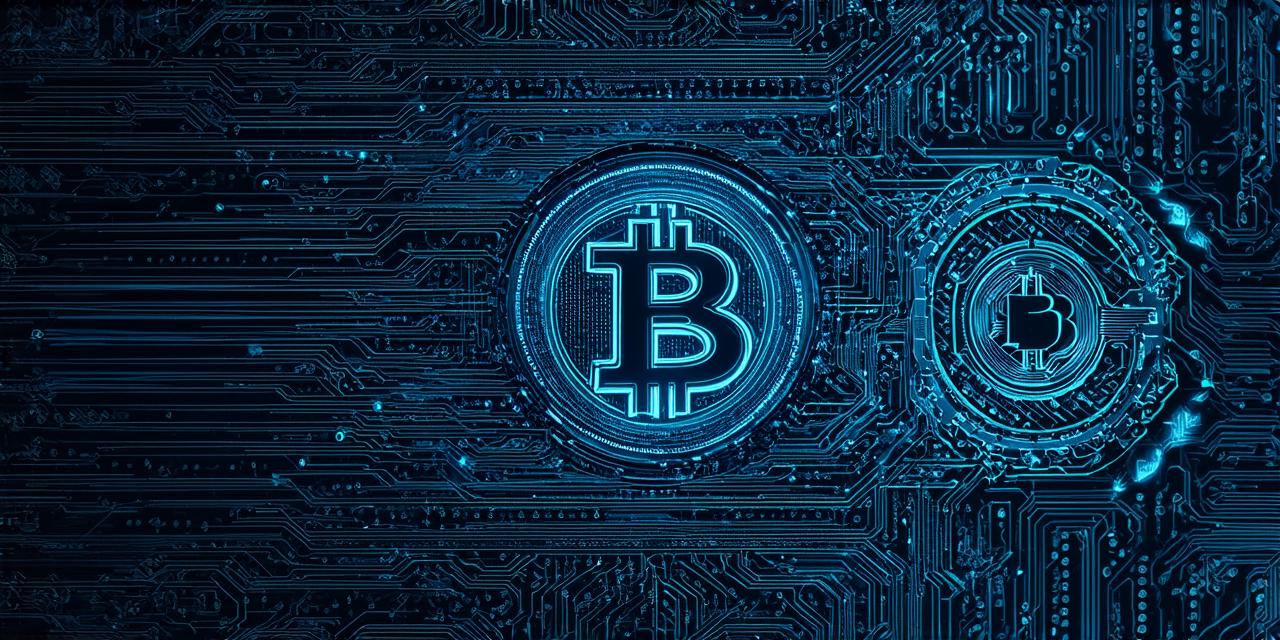How to Access Blockchain
: A Comprehensive Guide for Developers
Blockchain technology is transforming the way we store and share data, making it more secure, decentralized, and transparent. With its growing popularity, more and more developers are exploring how to access blockchain and integrate this innovative technology into their projects. In this comprehensive guide, we will provide you with everything you need to know about accessing blockchain and building a successful blockchain application.
What is Blockchain?
Before we dive into the details of accessing blockchain, let’s first understand what it is. Blockchain is a decentralized digital ledger that records transactions across multiple computers in a secure and transparent manner. It is designed to be tamper-proof, meaning that once data is recorded on the blockchain, it cannot be altered or deleted without leaving an immutable trace.
The Benefits of Blockchain
Blockchain technology offers many benefits for developers, including:
- Improved security: With its decentralized architecture and cryptographic algorithms, blockchain makes it virtually impossible to hack or manipulate data.
- Increased transparency: Transactions on the blockchain are recorded in a public ledger, making them transparent and easily accessible to anyone with an internet connection.
- Greater efficiency: Blockchain eliminates the need for intermediaries, reducing the time and cost of transactions.
- Enhanced privacy: By encrypting data and allowing users to control their own identities, blockchain protects personal information and prevents unauthorized access.
How to Access Blockchain
Now that you have a better understanding of what blockchain is and its benefits, let’s explore how to access it. There are several ways to access blockchain, including:
1. Public Blockchains
Public blockchains are open to anyone with an internet connection and are typically used for applications that require transparency and traceability, such as cryptocurrencies like Bitcoin and Ethereum. To access a public blockchain, you can use a variety of tools, including web wallets, mobile apps, or desktop clients.
2. Private Blockchains
Private blockchains are restricted to a specific group of users and are typically used for applications that require greater security and privacy, such as supply chain management or healthcare data sharing. To access a private blockchain, you will need to be invited by the network administrator and may be required to provide additional identification or authentication.
3. Hybrid Blockchains
Hybrid blockchains combine elements of both public and private blockchains, allowing for greater flexibility and customization. To access a hybrid blockchain, you can use a variety of tools depending on the specific network and application requirements.
Case Studies and Personal Experiences
To help illustrate how to access blockchain, let’s take a look at some case studies and personal experiences from developers in the field.
Case Study 1: Building a Decentralized Application (dApp) on Ethereum
In this case study, we will explore how a developer built a dApp on the Ethereum blockchain. The dApp allowed users to buy and sell digital goods using cryptocurrency.
- First, the developer created a new Ethereum account and installed a desktop client like Ganache or Truffle.
- Next, the developer wrote smart contracts in Solidity, a programming language specifically designed for blockchain development, and deployed them to the Ethereum network.
- The developer then created a user interface (UI) using a framework like React or Angular and integrated it with the smart contracts.
- Finally, the developer launched the dApp on the Ethereum mainnet and began promoting it to users.

